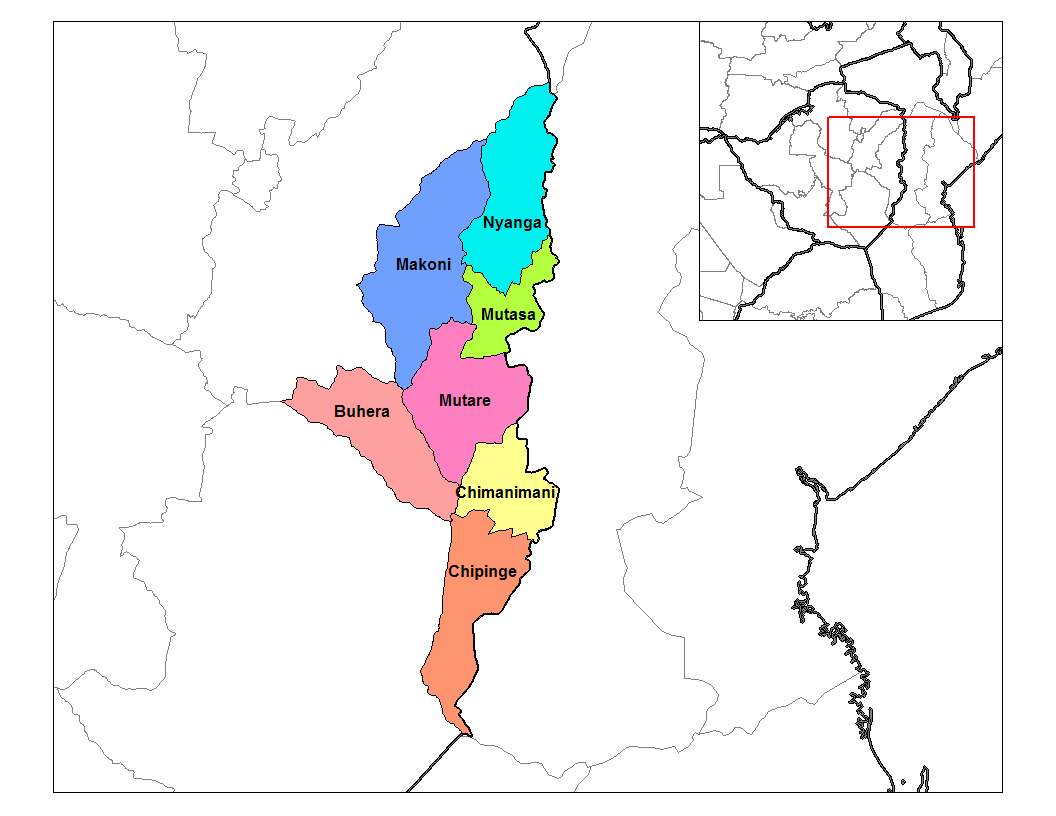|
Protea Asymmetrica
''Protea asymmetrica'', also known as the Inyanga sugarbush, is a flowering plant, named for its asymmetric flowerheads, of the family Proteaceae and endemic to Zimbabwe and the Nyanga region, where it grows in grasslands, as well as Mount Nyangani Mount Nyangani (formerly Mount Inyangani) is the highest mountain in Zimbabwe at . The mountain is located within Nyanga National Park in Nyanga District, about north-northeast of Mutare. The summit lies atop a small outcrop of rock around abov .... It reaches a height of up to 1.6m, and mainly flowers from June to August. The plant sprouts after a fire, and grows on grassland at a height of around 2000m. See also * References {{Taxonbar, from=Q18082514 asymmetrica ... [...More Info...] [...Related Items...] OR: [Wikipedia] [Google] [Baidu] |
Proteaceae
The Proteaceae form a family (biology), family of flowering plants predominantly distributed in the Southern Hemisphere. The family comprises 83 genus, genera with about 1,660 known species. Australia and South Africa have the greatest concentrations of diversity. Together with the Platanaceae (plane trees), Nelumbonaceae (the sacred lotus) and in the recent APG IV system the Sabiaceae, they make up the order Proteales. Well-known Proteaceae genera include ''Protea'', ''Banksia'', ''Embothrium'', ''Grevillea'', ''Hakea'', and ''Macadamia''. Species such as the New South Wales waratah (''Telopea speciosissima''), king protea (''Protea cynaroides''), and various species of ''Banksia'', ''Grevillea'', and ''Leucadendron'' are popular cut flowers. The nuts of ''Macadamia integrifolia'' are widely grown commercially and consumed, as are those of ''Gevuina avellana'' on a smaller scale. Etymology The name Proteaceae was adapted by Robert Brown (botanist, born 1773), Robert Brown from ... [...More Info...] [...Related Items...] OR: [Wikipedia] [Google] [Baidu] |
Zimbabwe
file:Zimbabwe, relief map.jpg, upright=1.22, Zimbabwe, relief map Zimbabwe, officially the Republic of Zimbabwe, is a landlocked country in Southeast Africa, between the Zambezi and Limpopo Rivers, bordered by South Africa to the south, Botswana to the southwest, Zambia to the north, and Mozambique to the east. The capital and largest city is Harare, and the second largest is Bulawayo. A country of roughly 16.6 million people as per 2024 census, Zimbabwe's largest ethnic group are the Shona people, Shona, who make up 80% of the population, followed by the Northern Ndebele people, Northern Ndebele and other #Demographics, smaller minorities. Zimbabwe has 16 official languages, with English, Shona language, Shona, and Northern Ndebele language, Ndebele the most common. Zimbabwe is a member of the United Nations, the Southern African Development Community, the African Union, and the Common Market for Eastern and Southern Africa. The region was long inhabited by the San people, ... [...More Info...] [...Related Items...] OR: [Wikipedia] [Google] [Baidu] |
Nyanga District
Nyanga District is located in Manicaland Province of Zimbabwe. The administrative center is Nyanga village. The 2022 National Zimbabwe census reported its population at 146,227, with 51.9% female and 48.1% male population. Geography Nyanga District is bounded on the south by Mutasa District, on the west by Makoni District, on the northwest by Mashonaland East Province, and on the east by Mozambique. The Nyanga Mountains occupy the southern portion of the district, extending into Mutasa District. Nyanga National Park covers the central part of the range, including Mount Nyangani, Zimbabwe's highest peak. The Gairezi River forms the eastern boundary of the District with Mozambique. The Nyangombe River forms the district's western and northwestern boundary. Both rivers flow generally northwards, and meet at the district's northernmost point to form the Luenha River, a tributary of the Zambezi. The Nyangui highlands lie in the center of the district. Nyangui State Forest was ... [...More Info...] [...Related Items...] OR: [Wikipedia] [Google] [Baidu] |
Mount Nyangani
Mount Nyangani (formerly Mount Inyangani) is the highest mountain in Zimbabwe at . The mountain is located within Nyanga National Park in Nyanga District, about north-northeast of Mutare. The summit lies atop a small outcrop of rock around above the surrounding area. The remainder of the peak is a broad moor of mainly rolling hills and plateau with an area of about 8 km2. The edges of this plateau then fall steeply to the east and west sides. The mountain vegetation is largely composed of heath around the summit plateau with evergreen forest along the wetter eastern slopes and grassland to the western side. Annual rainfall totals are high (around ) but long spells of dry weather occur during the winter period of May to August. Due to its relatively low elevation and tropical location, snowfall is very rare; the last recorded snowfall occurred in August 1935. Geology The mountain is composed of an upper Sill (geology), sill of Diabase, dolerite and sandstone, with the harder ... [...More Info...] [...Related Items...] OR: [Wikipedia] [Google] [Baidu] |


